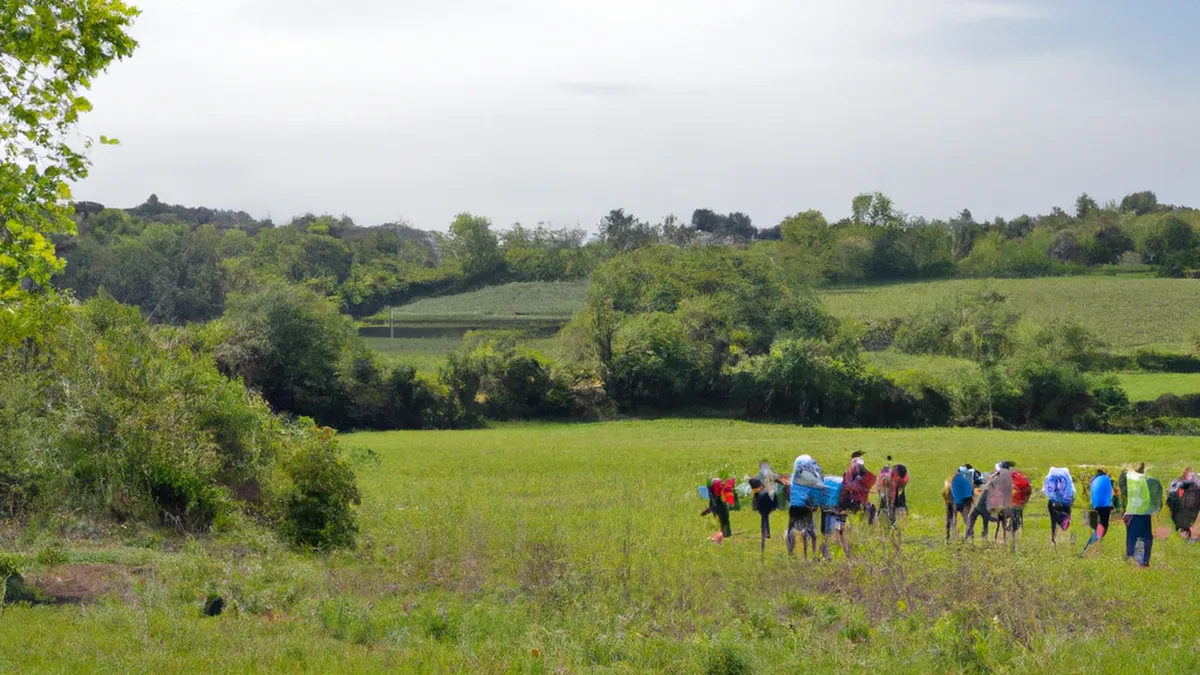Embracing Teamwork in Movement Learning
The Benefits of Collaborative Learning in Primal Movement Education
Primal movement education emphasizes natural movements that humans have used for centuries. It focuses on mobility, balance, and coordination. Collaborative learning enhances this approach and provides numerous benefits for participants. This blog post explores the advantages of collaborative learning in primal movement education.
Understanding Collaborative Learning
Collaborative learning involves individuals working together to achieve common goals. It encourages communication, teamwork, and shared responsibility. In primal movement education, learners practice movements together and support each other’s growth. This method nurtures community and fosters a deeper understanding of movement principles.
Engaging with Peers
Engaging with peers enhances learning experiences. When participants collaborate, they exchange ideas and techniques. This interaction helps everyone grasp movement concepts effectively. Additionally, learners observe each other, leading to valuable feedback. This feedback loop improves skills and builds confidence. For example, one participant may excel in a movement, providing insights others can adopt.
Encouraging Diverse Perspectives
Collaborative learning brings together individuals with different backgrounds. Each person offers unique insights and experiences. This diversity enriches the learning environment. When learners share perspectives, they discover new ways to approach movement. For instance, someone with a dance background may introduce fluidity, while a martial artist might emphasize precision. Blending these perspectives helps participants develop a holistic understanding of primal movements.
Tips for Effective Collaborative Learning
To maximize collaborative learning benefits in primal movement education, consider these tips:
1. **Set Clear Goals**: Establish specific objectives for each session. Clarity keeps everyone focused and motivated.
2. **Create Small Groups**: Organize participants into small groups. Smaller teams foster communication and allow everyone to contribute. This setup encourages quieter participants to voice their thoughts.
3. **Encourage Open Communication**: Promote an environment where everyone shares ideas comfortably. Encourage questions and discussions to clarify uncertainties and deepen understanding.
4. **Rotate Roles**: Allow each participant to lead. This approach builds leadership skills and ensures engagement with the material.
5. **Incorporate Feedback Sessions**: Schedule time for feedback after each session. Reflection helps participants understand their progress and areas for improvement.
The Benefits of Collaborative Learning in Primal Movement Education
Collaborative learning offers several benefits that enhance the primal movement experience.
Improved Skill Development
When participants work together, they refine their skills effectively. Observing peers helps everyone learn and improve.
Conclusion
Collaborative learning enhances primal movement education by fostering community, improving skills, and encouraging diverse perspectives.
Below are related products based on this post:
FAQ
What is collaborative learning in the context of primal movement education?
Collaborative learning involves individuals working together to achieve common goals, enhancing communication, teamwork, and shared responsibility. In primal movement education, it allows learners to practice movements together and support each other’s growth, fostering a sense of community and a deeper understanding of movement principles.
How does engaging with peers benefit participants in primal movement education?
Engaging with peers enhances learning experiences by allowing participants to exchange ideas and techniques. This interaction helps everyone grasp movement concepts effectively, as learners can observe each other and provide valuable feedback, improving skills and building confidence.
What are some tips for maximizing the benefits of collaborative learning in primal movement education?
To maximize benefits, it’s important to set clear goals for each session, create small groups for better communication, encourage open dialogue, rotate roles among participants, and incorporate feedback sessions to reflect on progress and improvement areas.















Post Comment